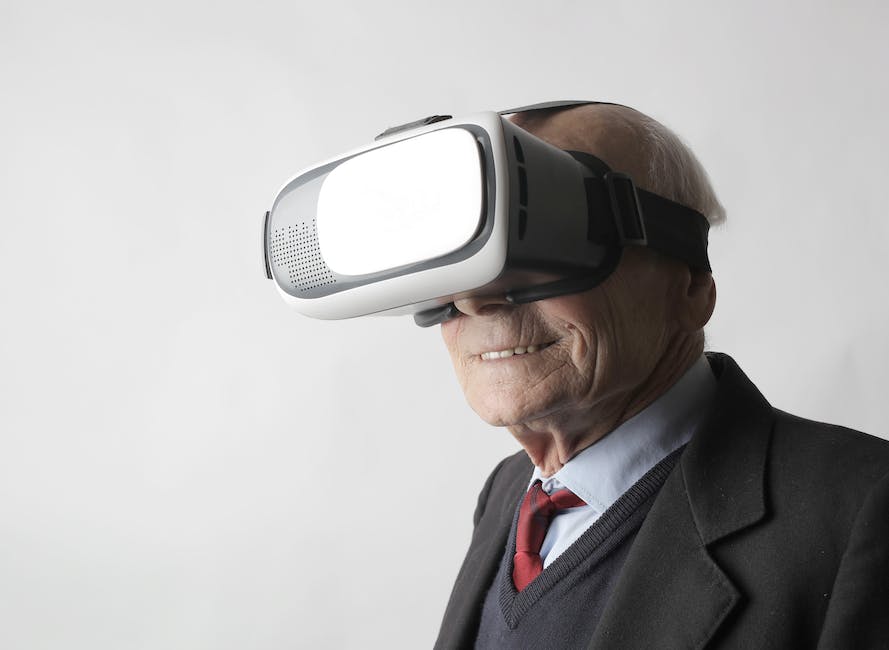If you’ve ever struggled to grasp a new language, you’re not alone. Learning a foreign language can be a daunting task, requiring extensive practice and immersion to truly master it. However, traditional language classrooms often fall short in providing the necessary immersive experiences. This is where virtual reality (VR) comes to the rescue, revolutionizing language education and paving the way for a more engaging and effective learning experience.
The Power of Immersion in Language Learning
Immersing oneself in a language is widely recognized as one of the most effective ways to learn it. By surrounding oneself with native speakers, cultural contexts, and authentic situations, learners can rapidly enhance their linguistic skills. However, not everyone has the luxury of traveling to a foreign country or having constant access to native speakers. This is where virtual reality steps in.
Virtual reality technology allows language learners to feel immersed in a simulated environment that replicates real-world scenarios. By wearing a VR headset, students are transported to different locations as if they’re physically present there. For French learners, they can virtually explore the streets of Paris, order food at a French café, or engage in interactive conversations with native speakers, all without leaving their classrooms.
Enhancing Engagement and Motivation
Traditional language learning methods often suffer from low engagement and lack of motivation. Many students find themselves bored with repetitive drills and grammar exercises. This is where VR can inject excitement and motivation into the learning process.
By integrating VR technology into language classrooms, educators can create interactive and gamified experiences that make learning French enjoyable and immersive. Students can embark on virtual scavenger hunts, solve puzzles, or participate in role-playing scenarios where they practice real-life conversations. These engaging activities capture learners’ attention and provide immediate feedback, fostering a sense of achievement and satisfaction.
Creating Real-Life Language Scenarios
In traditional language classrooms, learners often struggle to connect their knowledge to real-life situations. Memorizing vocabulary and grammar rules doesn’t always translate into practical usage. VR can bridge this gap by offering learners the opportunity to apply their language skills in authentic scenarios.
With VR, students can participate in simulations that mirror real-life situations, such as ordering meals at a restaurant, asking for directions, or interacting with locals. Through these realistic scenarios, learners gain valuable experience in using the language within context, building their confidence in real-world applications. By practicing in a safe and controlled virtual environment, students can refine their pronunciation, comprehension, and overall communication skills.
Personalized and Adaptive Learning Experiences
One of the key advantages of using VR in language education is the ability to tailor learning experiences to each individual student’s needs. Traditional classrooms often struggle to cater to the diverse learning styles and paces of students. VR can provide personalized and adaptive learning environments that adapt to students’ abilities, progress, and preferences.
By utilizing VR technology, language educators can track students’ performance and design customized learning paths. Students can move at their own pace, focusing on areas where they need more practice and receiving personalized feedback along the way. This individualized approach ensures efficient learning and helps students reach their language goals more effectively.
Overcoming Physical and Geographic Limitations
Virtual reality technology has the potential to break down physical and geographic barriers in language education. Not all learners have access to qualified language instructors or native speakers nearby. With VR, students can overcome these limitations and connect with expert teachers and other learners from around the world.
Using VR platforms, students can join virtual language communities, take part in group discussions, and collaborate on language projects. This global network of learners provides a diverse and authentic learning environment, fostering cross-cultural understanding and language proficiency.
Embracing the Future of Language Education
As technology continues to advance, virtual reality’s role in language classrooms will only grow. The immersive and interactive nature of VR offers a solution to the shortcomings of traditional language instruction, providing a more engaging, effective, and flexible learning experience.
Whether you’re a student looking to master French or an educator seeking innovative teaching methods, virtual reality holds immense potential. By embracing VR, we can shape the future of language education and open up new horizons for learners worldwide.


Leave a Reply